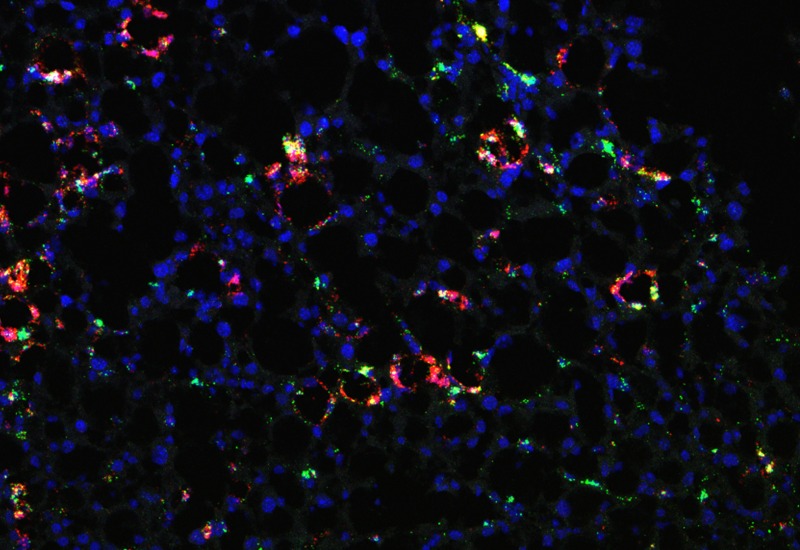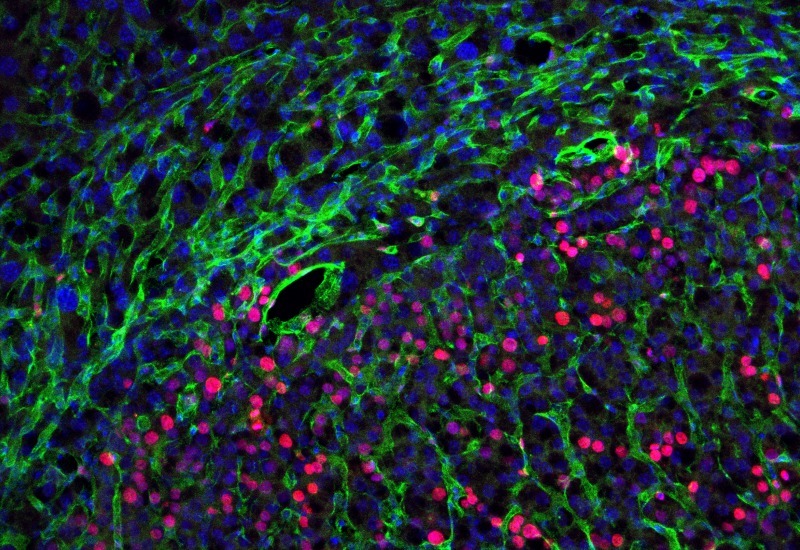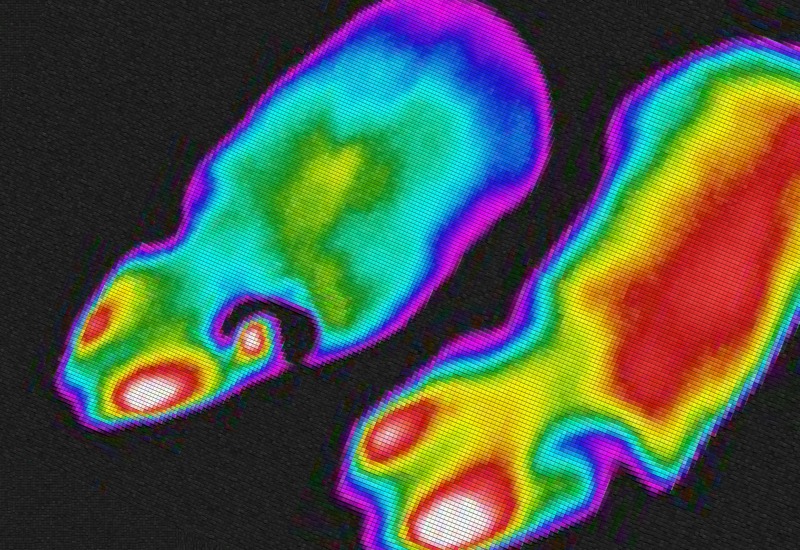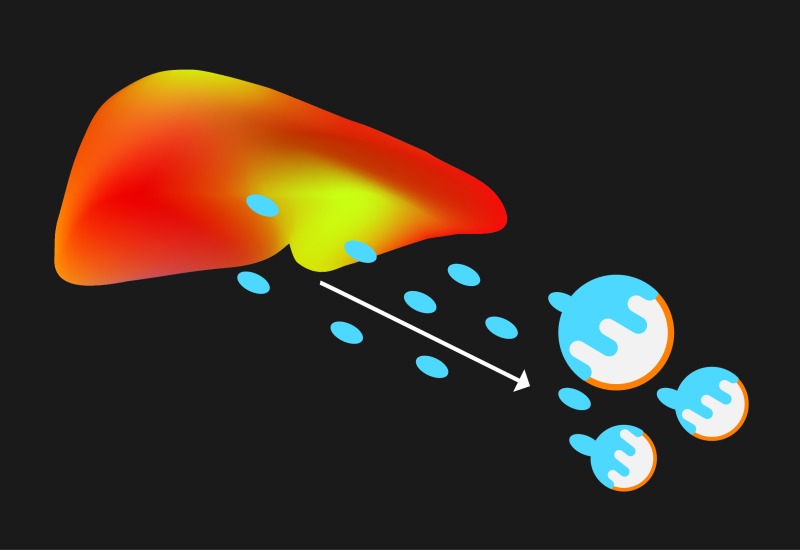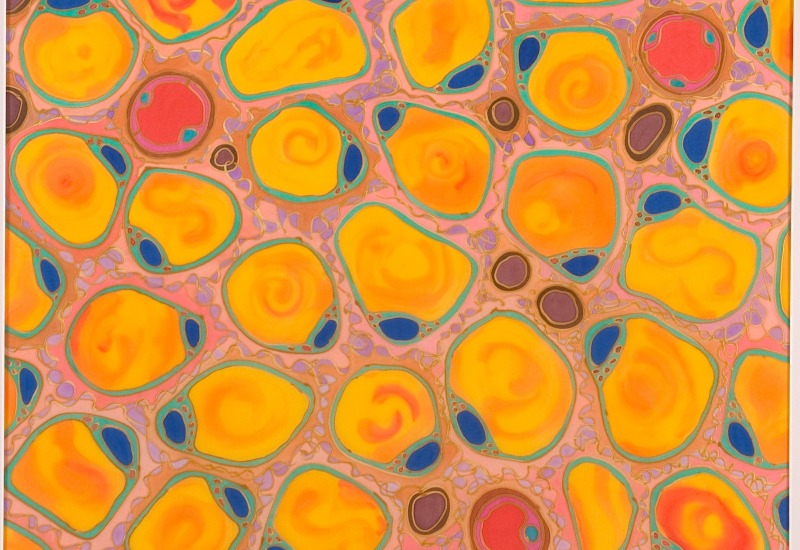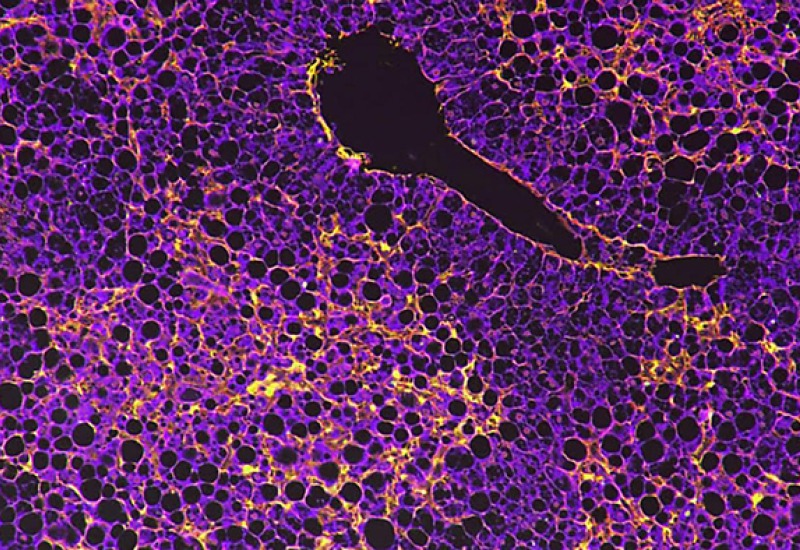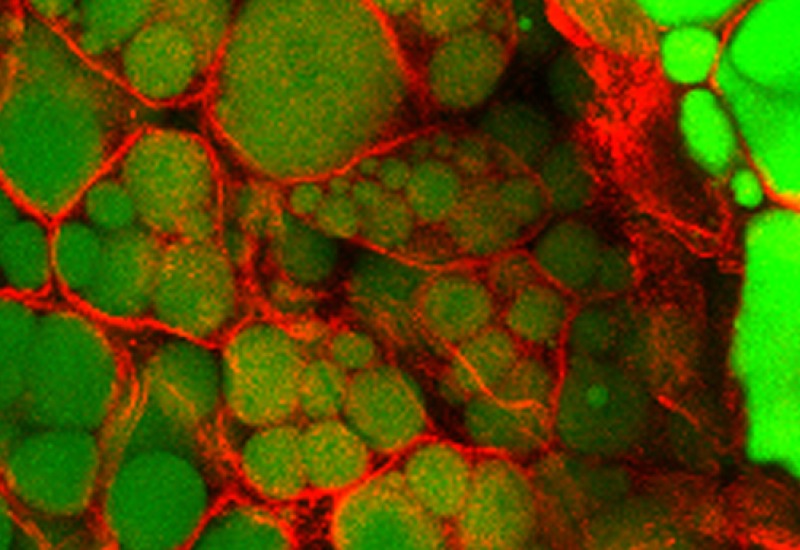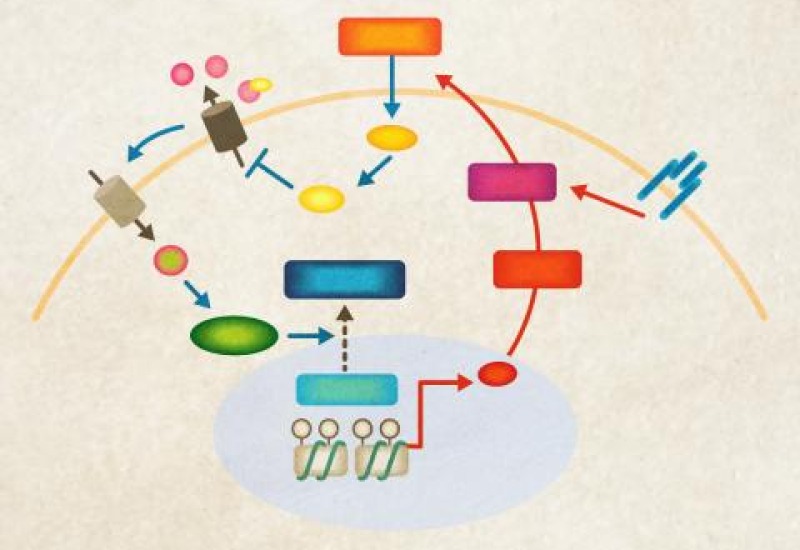New understanding of immune cells’ role in driving liver disease points to a potential therapeutic target for NASH
A new study from the LSI reveals how macrophages may be driving, rather than combatting, liver disease in mice.
Researchers identify a hormone from fat cells that reprogram the liver microenvironment and restrain tumor growth in mice
A hormone secreted by fat cells can restrain the growth of liver tumors in mice, according to a new study from the LSI. The findings offer a proof-of-concept for developing therapies against the most common form of liver cancer.
When untethered, this signaling protein intensifies inflammation in obese mice, new study reveals
Researchers have discovered how a protein that is overproduced by fat cells in an obese state may be contributing to the demise of two immune cell types — and driving further metabolic disorders in the process
One cell at a time, researchers create a blueprint of liver cells in health and disease
Researchers have created a high-resolution picture of the cells at work inside a key hub of metabolism — the liver — and how individual cell types are reprogrammed in disease.
When the body is in overdrive, this liver hormone puts the brakes on metabolism, researchers find
Researchers have identified a hormone produced by the liver that tells the body to downshift its metabolism when it’s expending a lot of energy, revealing a potential target for treating metabolic disorders.
Two LSI scientists named AAAS fellows
Fifteen researchers at the University of Michigan — including two from the Life Sciences Institute — have been named fellows of the American Association for the Advancement of Science, an honor bestowed upon AAAS members by their peers.
Researchers uncover potential new role of long-noncoding RNA in obesity and fatty liver disease
Scientists uncover a potential new role for long noncoding RNA in obesity and non-alcoholic fatty liver disease.
New system can measure how fat cells start burning energy
A team of researchers has developed a new system to measure how fat cells can be activated to burn energy.
Fat hormone linked to progression of fatty liver disease may hold key to new treatments
Scientists identify a key driver of the progression to the most harmful form of fatty liver disease.
Researchers identify factors driving brown fat development
How a network of proteins and long noncoding RNA work together to push fat cells into fat-burning mode
Your muscles can 'taste' sugar, U-M research finds
An unexpected mechanism of glucose sensing in skeletal muscles contributes to the body’s overall regulation of blood sugar levels.
Researchers identify liver pathway linked to negative impacts of high-fat, high-cholesterol diet
Identified: a pathway in the liver, controlled by a protein known as BAF60a, that contributes to the negative effects of a high-fat diet by stimulating the production of bile — which helps the body to absorb more cholesterol and other fats from the foods we eat.
Newly discovered hormone points to potential treatment for obesity, type 2 diabetes, fatty liver disease
LSI scientists have discovered how a previously unknown hormone serves as a messenger from fat cells to the liver and are investigating the potential of developing a new treatment for metabolic disorders.



